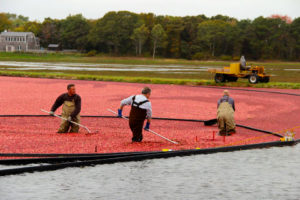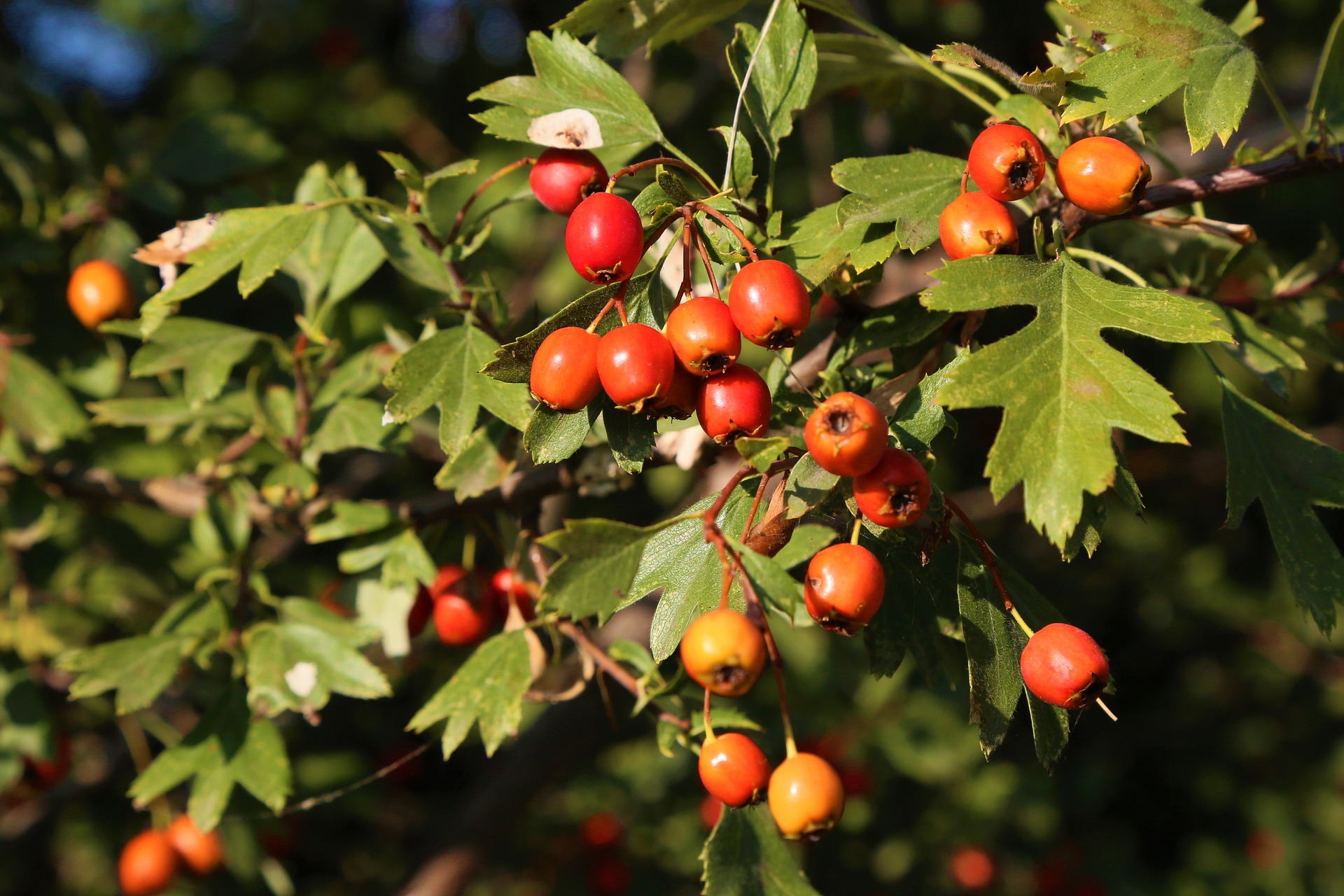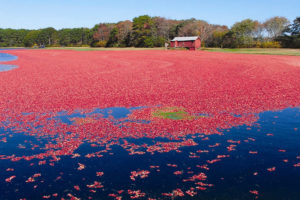Autumn is cranberry-picking season in Yarmouth and much of Cape Cod, as the tart-flavored berries ripen to brilliant hues of scarlet and burgundy. If you enjoy colorful photos, think of the bright red berries floating en masse on blue water that reflects the even bluer October sky. Spectacular!
Unfortunately, local cranberry festivals have all but disappeared this year due to the social distancing requirements needed to prevent the spread of COVID-19. But that doesn’t mean you have to miss the colorful harvest. You just have to think outside the bogs.
Glenn Van Wickle, manager of the Route 6 Visitor’s Center in Barnstable, says people from around the U.S. are constantly asking him where they can see the cranberry bogs — even in spring and summer months when there’s not much to look at. When harvest season arrives, Van Wickle advises visitors to check out two of his favorite cranberry viewing spots in Yarmouth.
One of his choices is located just north of Route 6, near White’s Path, where Mayflower Terrace / Knob Hill Road veers off North Main Street. The road runs parallel to the Mid-Cape Highway at the southern end of the bog, offering unobstructed views of the crimson acreage.
Another spot is located on West Yarmouth Road, near the intersection of Buck Island Road. There’s a small pull-out on West Yarmouth Road near the northern end of the bog where a few cars can park, Van Wickle said. There’s also ample space for walking around the bog, and the owner allows visitors as long as they stay off the bogs and avoid areas where people are working.
You can also access adjacent bogs via the Raymond J. Syrjala Conservation Area, a 15-acre wooded parcel with a main trail that begins along Plashes Brook. It follows a fence to an opening that leads to the bogs, where hikers are allowed to stroll, as long as they keep their pets on leashes and respect the workers who are tending to the bogs. Find more about the Syrjala Conservation Area at the Town of Yarmouth website.
Unfortunately, growers typically don’t share the date of their harvests, Van Wickle said.
Cranberry Bog Tours
If you want to learn everything you’ve ever wanted to know about cranberries and take a tour of a working bog, check out Cranberry Bog Tours in Harwich.
Leo and Andrea Cakounes own the 50 acre site, where they tend to some livestock and manage 20 acres of certified organic cranberry bogs. They also host guided bog tours covering the myriad techniques that cranberry growers employ from January through December.

Tours are still operating this year — albeit under restrictions required to protect customers and employees from the spread of COVID-19. Vehicles equipped to carry 20 passengers now carry just 10-12 people, so slots fill up quickly and space is limited, he said.
Plan on a two-hour visit, which includes the 90-minute tour, along with some time to check out the farm’s livestock. Cranberry bog tour reservations are mandatory.
If you’re hoping to watch workers flood the bog and use booms to corral and harvest the berries, you’re out of luck here. That’s not part of the tour, Cakounes explained. He said the work involved with harvesting berries is intensive and over quickly. On days when workers are harvesting, there is too much activity at the bog to host a tour.
Find out more about the tours and pricing (and book a reservation) at the Cranberry Bog Tours website.
Did you know?

Maybe you already knew that cranberries are not grown in water — even though bogs are often flooded for harvesting and for cold-weather protection. If you’re curious about other cranberry facts, here are some items from Ocean Spray growers cooperative:
- The first recorded cranberry harvest was in Dennis, Massachusetts in 1816.
- There are nearly 1,000 cranberry growers in America, with most of the berries grown in five states: Massachusetts, Wisconsin, New Jersey, Oregon and Washington. Massachusetts has more than 14,000 acres dedicated to cranberry production.
- Americans consume about 80 million pounds of cranberries during Thanksgiving week, which is about 20 percent of the 400 million pounds of cranberries the U.S. consumes in a year.
- Cranberries are picked using both dry and wet harvesting techniques. The fresh cranberries that you buy bagged in grocery stores are dry-picked, while the berries used in juices, sauce, and for dried cranberries are picked via wet harvesting.
Andy Tomolonis is a nonfiction author, travel writer and multimedia journalist.


